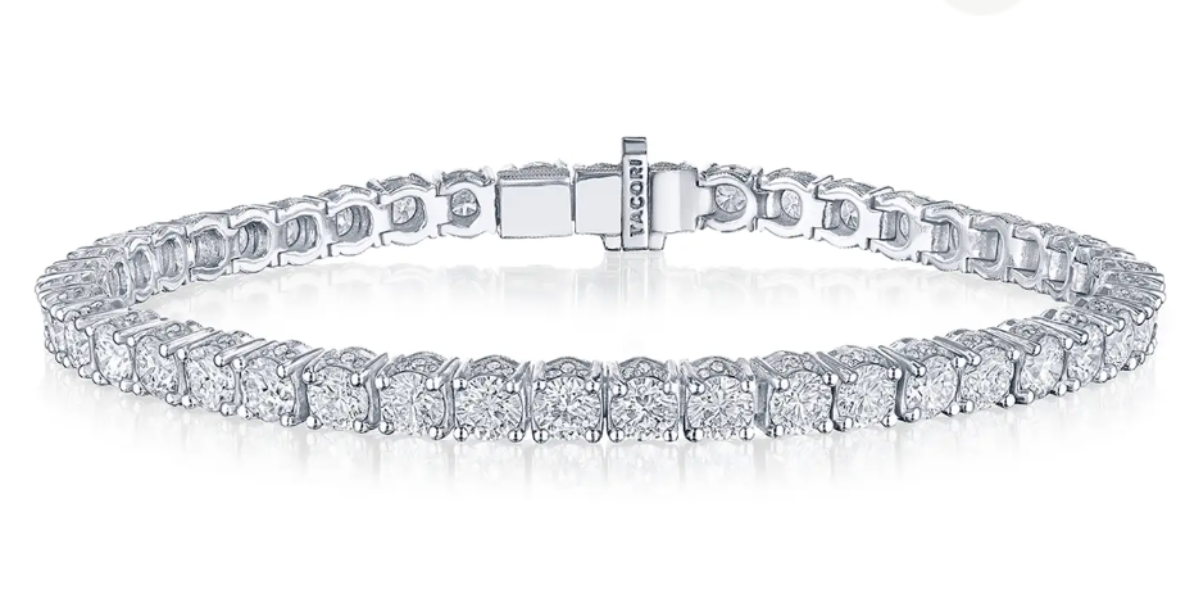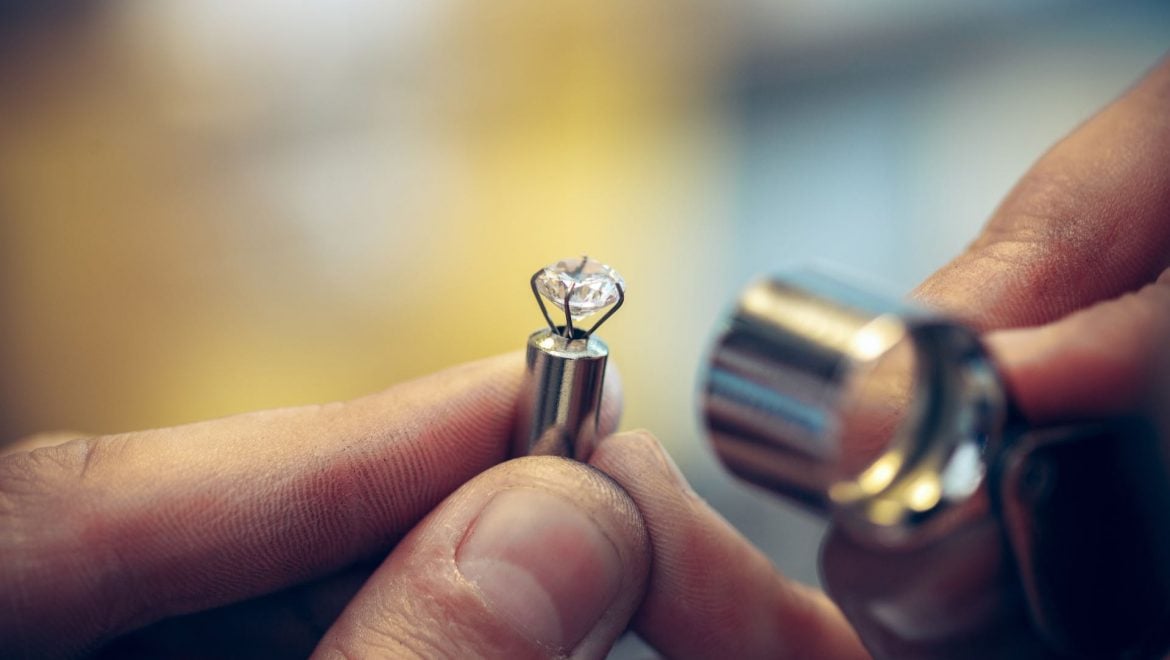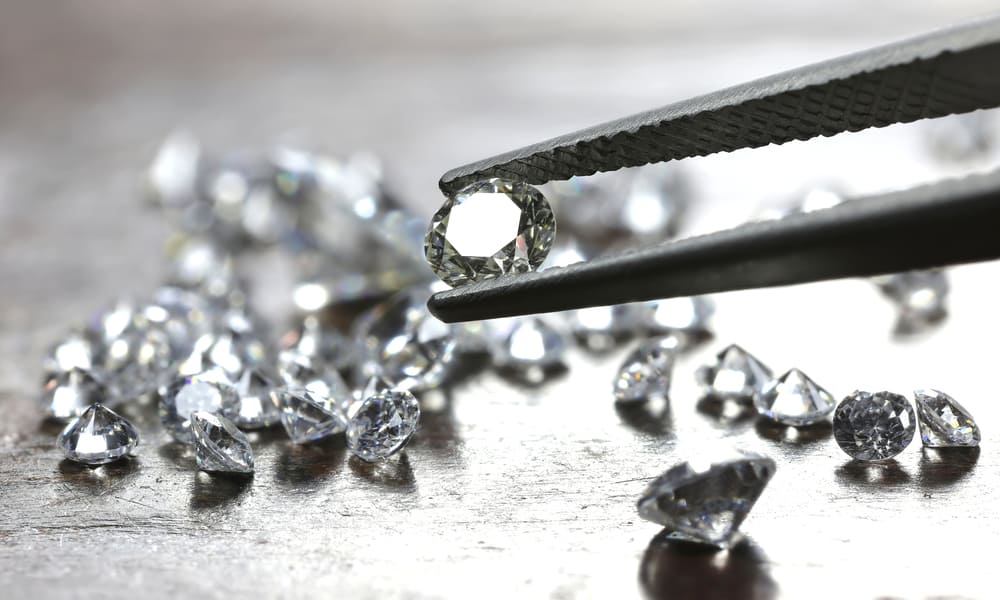Introduction to Lab Diamonds
When it comes to sparkling gems, diamonds have always held a place of honor. But recently, there’s been a major shift in the world of bling: lab diamonds are stealing the spotlight. If you’ve been wondering about these dazzling alternatives, you’re in for a treat. We’re diving deep into the glittering world of lab diamonds—what they are, how they’re made, and why they’re becoming such a hot topic.
What Are Lab Diamonds?
Lab diamonds, sometimes called synthetic or cultured diamonds, are just as real as their natural counterparts. They’re chemically, physically insider story of lab diamonds better, and optically identical to diamonds that formed over millions of years in the earth’s crust. The only difference? Lab diamonds are created in a controlled environment over weeks or months.
How Lab Diamonds Differ from Natural Diamonds
You might think lab diamonds are just a cheap knockoff, but that’s far from the truth. Unlike diamonds formed in nature, which take centuries to develop, lab diamonds are crafted in a fraction of the time. They come with all the sparkle, durability, and brilliance of natural diamonds but often at a more affordable price. Plus, they offer a guilt-free option, especially for those concerned about the ethics of mining.
The Science Behind Lab Diamonds
Creating Lab Diamonds: The Process
Lab diamonds are grown using sophisticated technology. Two primary methods are employed: High Pressure High Temperature (HPHT) and Chemical Vapor Deposition (CVD).
High Pressure High Temperature (HPHT)
The HPHT method mimics the intense pressure and temperature conditions found in the Earth’s mantle where natural diamonds form. In a lab, carbon is subjected to these extreme conditions, crystallizing into diamond.
Chemical Vapor Deposition (CVD)
CVD involves breaking down carbon-containing gases in a chamber, which then deposit carbon atoms onto a substrate, gradually forming a diamond layer. This process allows for the creation of diamonds with fewer impurities and can be tailored to specific requirements.
Quality and Purity of Lab Diamonds
Lab diamonds are graded just like natural diamonds using the 4 Cs: Carat, Cut, Color, and Clarity. Advanced techniques in the creation process mean that lab diamonds can be as flawless and high-quality as natural ones, often with fewer inclusions and less color variance.
History and Evolution of Lab Diamonds
Early Developments in Lab Diamond Technology
The journey of lab diamonds began in the early 20th century with attempts to recreate diamond conditions. However, it wasn’t until the 1950s that successful methods for creating diamonds in labs were developed. These early diamonds were mainly used for industrial purposes, but the foundation was laid for the future of consumer-grade lab diamonds.
Modern Advances and Innovations
Recent years have seen incredible advancements in technology, making lab diamonds more accessible and affordable. Innovations in HPHT and CVD processes have improved the quality and reduced the production time, paving the way for lab diamonds to become a mainstream choice in the jewelry market.
Economic Impact of Lab Diamonds
Cost Comparison: Lab Diamonds vs. Natural Diamonds
One of the most appealing aspects of lab diamonds is their cost. Typically, lab diamonds are 20-40% cheaper than natural diamonds. This price difference is due to the shorter time required for production and the lack of mining costs, making them an attractive option for budget-conscious buyers.
Market Trends and Consumer Preferences
The rise of lab diamonds is also influenced by changing consumer attitudes. More people are prioritizing sustainability and ethical considerations, which lab diamonds satisfy perfectly. As awareness grows, lab diamonds are becoming a popular choice for engagement rings and other fine jewelry.
Environmental and Ethical Considerations
Sustainability of Lab Diamonds
Lab diamonds are often touted as an environmentally friendly alternative to mined diamonds. Traditional diamond mining can cause significant ecological damage, whereas lab diamonds have a minimal environmental footprint. Their production doesn’t involve disrupting ecosystems or large-scale land excavation.
Ethical Advantages Over Natural Diamonds
Lab diamonds sidestep many ethical issues associated with natural lab made diamonds, including the risk of funding conflict or exploitation in mining regions. For consumers concerned about these issues, lab diamonds offer a transparent and ethical option.
Lab Diamonds in the Jewelry Industry
Popular Uses in Fine Jewelry
Lab diamonds are now gracing everything from engagement rings to high-end jewelry pieces. Their affordability allows for larger stones and more intricate designs that might be out of reach with natural diamonds.
Notable Brands and Designers Using Lab Diamonds
Several high-profile jewelry brands and designers have embraced lab diamonds, showcasing them in their collections. This endorsement helps legitimize lab diamonds and reinforces their growing presence in the market.
Future Prospects for Lab Diamonds
Emerging Technologies and Trends
The future of lab diamonds looks bright, with ongoing research leading to even more efficient production methods and innovative applications. Trends such as customization and advanced cutting techniques are likely to enhance their appeal further.
Potential Challenges and Opportunities
Despite their many advantages, lab diamonds face challenges, such as consumer misconceptions and the need for broader acceptance. However, the growing emphasis on sustainability and ethics presents significant opportunities for continued growth in this sector.
Conclusion
Lab diamonds are not just a passing trend—they represent a significant shift in the way we think about diamonds and luxury. With their remarkable quality, ethical benefits, and affordability, they offer a compelling alternative to natural diamonds. As technology advances and consumer preferences evolve, lab diamonds are set to become a major player in the jewelry world. Whether you’re drawn to their sparkle or their story, lab diamonds are definitely worth considering for your next sparkling purchase.






More Stories
The Insider Story of Lab Grown Diamonds: A Better Alternative
The Timeless Charm of Diamond Bracelets
Diamonds #1 Question: Lab Made Diamonds